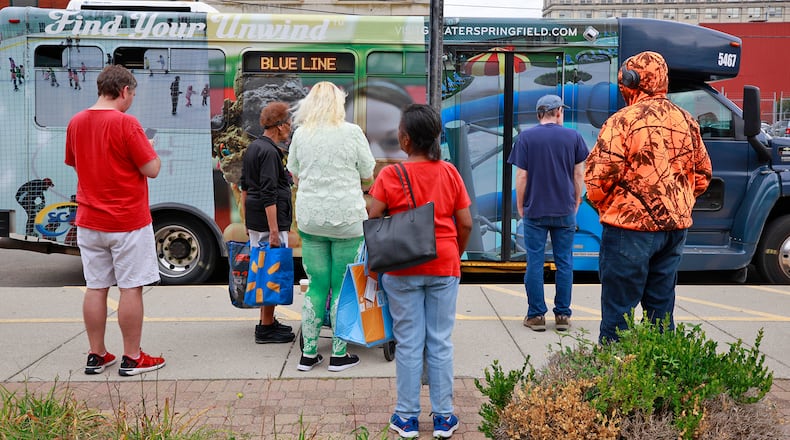The city originally announced plans last year to transition from the traditional fixed bus route currently offered by the Springfield City Area Transit (SCAT) to an on-demand “micro-transit” service using vans. Despite a number of vendors expressing interest in project, the city received no proposals when the initial RFP was issued.
When it became apparent the anticipated rollout of the new system would be delayed, Deputy Director of Public Safety & Operations Jason Via said the city launched efforts to work more closely with transit riders to assess their needs, with the potential providers to discuss options and with other communities who have implemented substantial changes in their transit programs to identify what practices might best be adaptable for Springfield.
City Manager Bryan Heck indicated the city hopes to receive competitive bids for the newly issued and revised RFP which would lend itself to a starting date for the transition to take place about mid-2025.
At the commission meeting, Heck noted that the micro-transit concept is a major change from the cookie cutter approach that smaller communities adopted based on the transit systems used in larger cities.
“With a lot of the transit funding, for so long, you were expected to operate your transit system like every other city, like Dayton RTA or Cincinnati, Columbus and those type of cities, and that just doesn’t work,” he said. “So we want to offer the most efficient and effective services to our citizens, to be able to expand hours and so forth … and that’s what the micro-transit system will allow us to do.”
SCAT services currently provide fixed routes only five days a week between the hours of 6:40 a.m. and 6:40 p.m. It also offers limited dial-a-ride services by appointment to locations within 3/4 mile of fixed routes, and advance scheduling for people with disabilities who cannot use the fixed route service.
In addition to facilitating on-demand services, city officials envision a micro-transit system with expanded hours of operation that would include working with local employers to help facilitate transportation for shift workers. There are also hopes the convenience will encourage more use of public transit services by students and those seeking healthcare services, as well as those traveling to business and retail outlets.
Springfield city officials have also authorized and accepted $434,239 for operations and maintenance funding from the Ohio Department of Transportation for 2025 as part of the annual Urban Transit Program Grant.
About the Author
